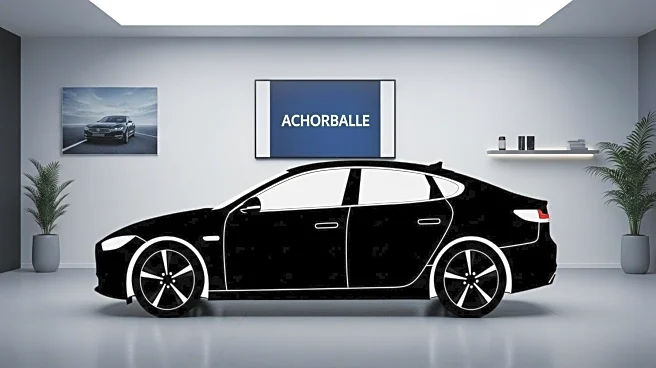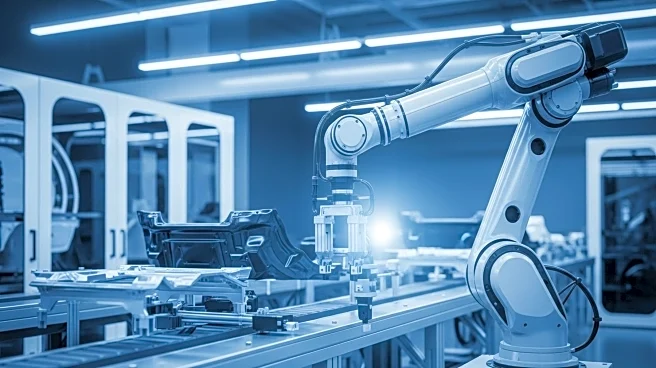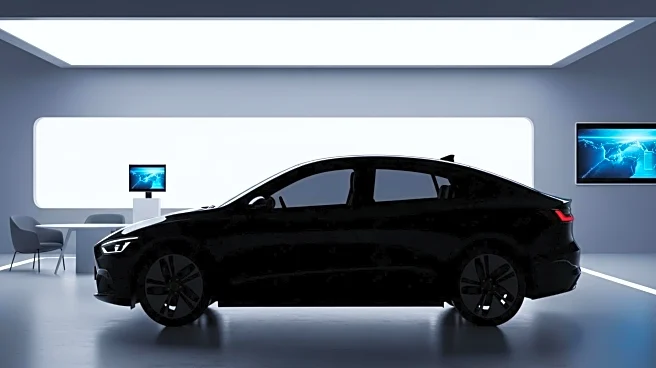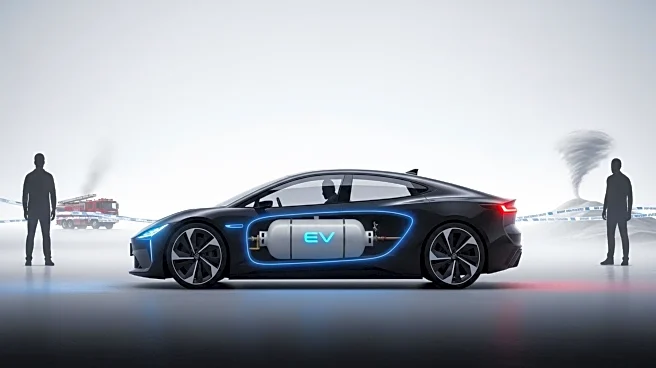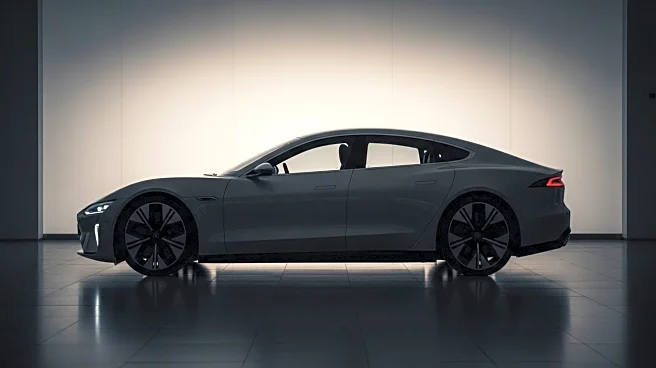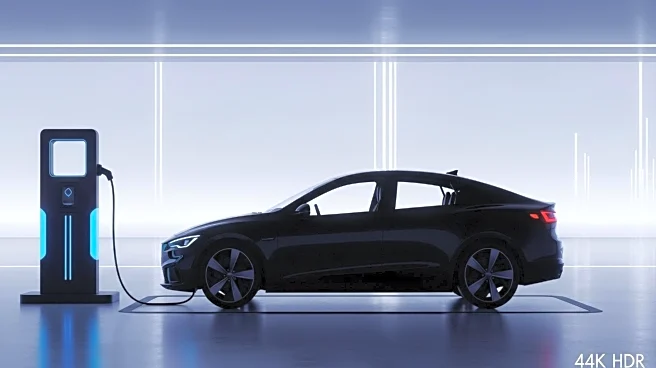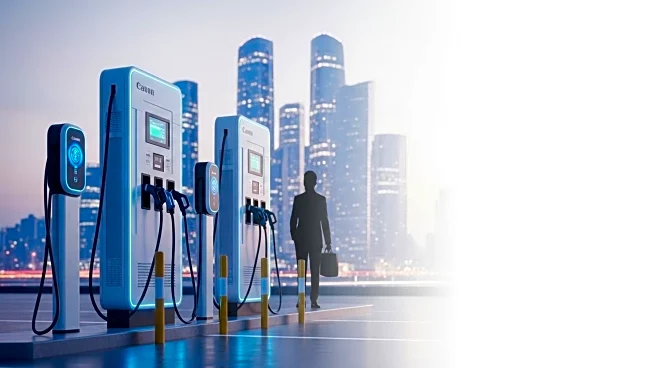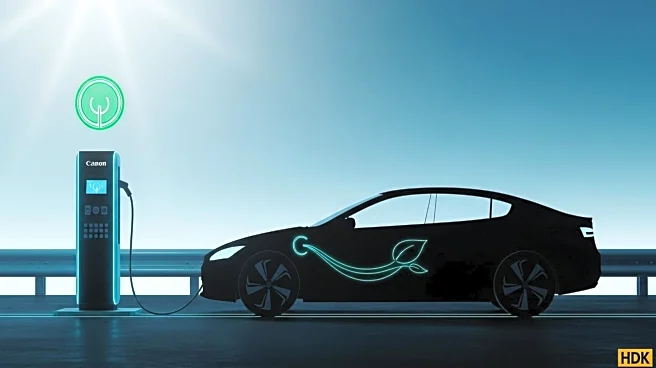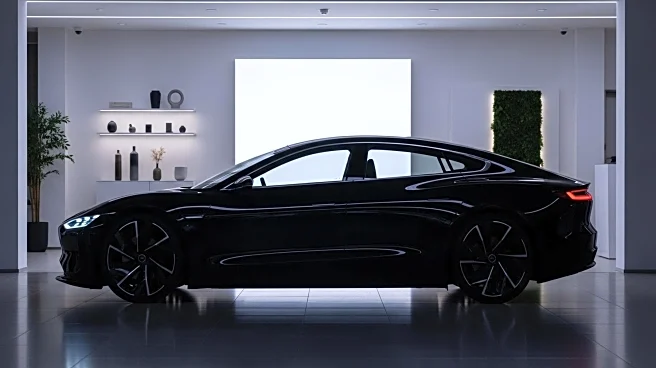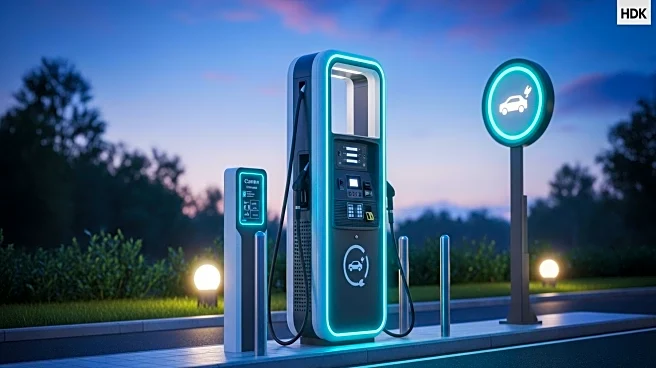What's Happening?
The automotive industry is experiencing a rise in new-vehicle inventory, reaching 2.8 million units, despite a sell-down in electric vehicles (EVs). This development comes as Tesla launches more affordable versions of its Model 3 and Model Y, priced below $40,000, featuring smaller batteries and fewer features. The move is part of Tesla's strategy to offer more budget-friendly options to consumers, aligning with the industry's broader trend of adapting to changing market demands. The increase in inventory suggests a potential shift in consumer preferences or market dynamics, as manufacturers navigate the complexities of EV adoption and inventory management.
Why It's Important?
The rise in vehicle inventory, coupled with the sell-down of EVs, highlights the challenges automakers face in balancing production with consumer demand. As manufacturers like Tesla introduce lower-cost models, the industry must adapt to evolving consumer expectations and economic conditions. This situation could impact the U.S. automotive market by influencing pricing strategies, production schedules, and the adoption rate of EVs. Companies that successfully navigate these changes may gain a competitive edge, while those that struggle could face financial pressures. The broader implications for the industry include potential shifts in manufacturing priorities and investment in EV technology.
What's Next?
Automakers may need to reassess their production strategies and inventory management practices to align with consumer demand. This could involve adjusting manufacturing output, exploring new marketing approaches, or investing in technology to enhance vehicle appeal. Stakeholders, including manufacturers, dealers, and consumers, will likely monitor market trends closely to make informed decisions. The industry's response to these developments could shape future strategies for EV adoption and influence the competitive landscape.
Beyond the Headlines
The increase in inventory and EV sell-down may prompt discussions on the sustainability of current manufacturing practices and the environmental impact of vehicle production. As the industry seeks to balance economic viability with environmental responsibility, ethical considerations around resource use and emissions may become more prominent. Long-term shifts in consumer behavior and regulatory policies could further influence the industry's trajectory.

